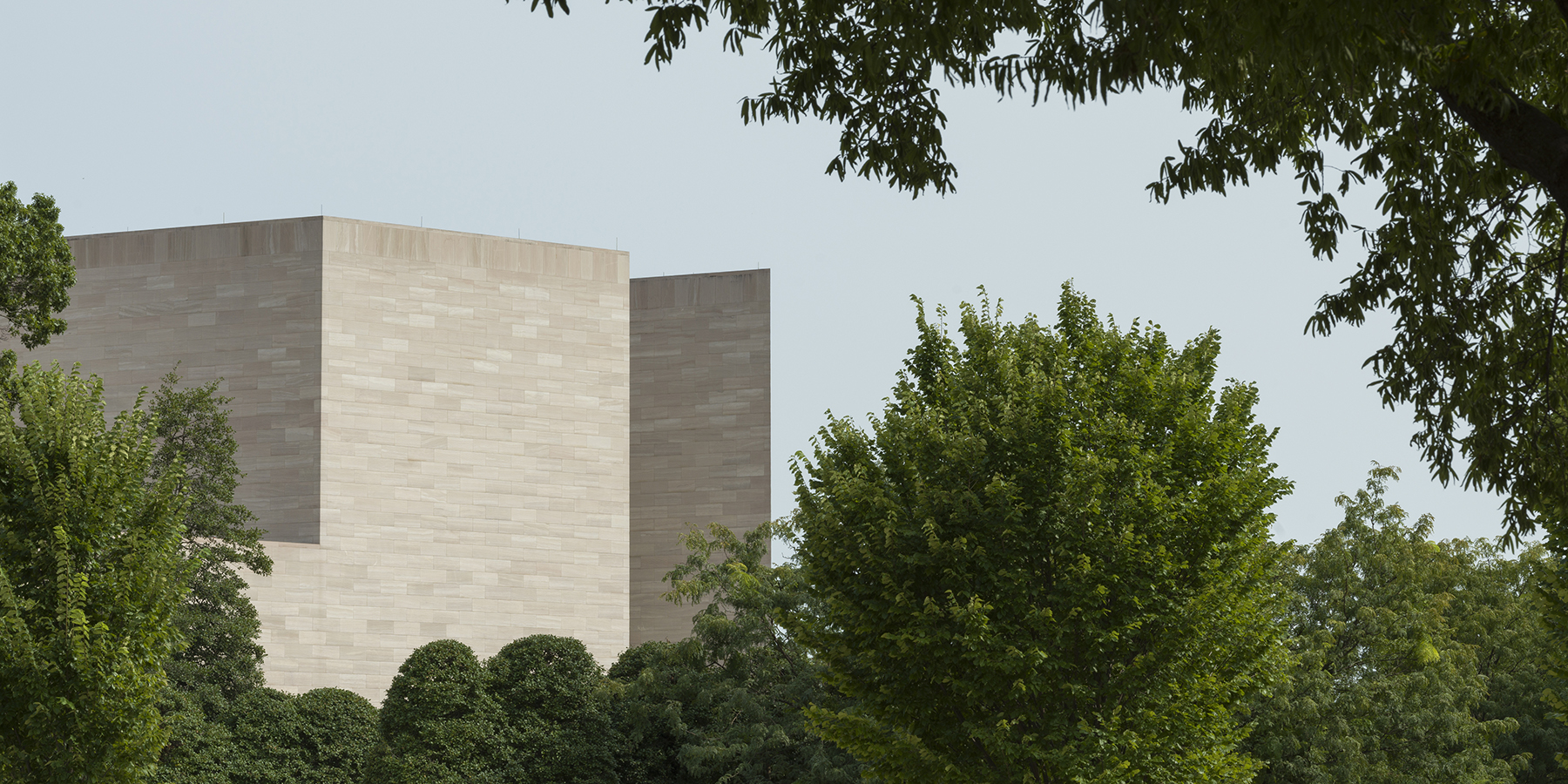My present book project, “Moral Depths: Making Antiquity in a Medieval Chinese Cemetery,” focuses on this extraordinary site and the opportunities it affords for rethinking funerary art as a domain of art-historical practice. The past 20 years have witnessed a shift in the field away from a formalist mode that “disinterred” grave goods into discrete, media-specific histories, toward a more integrated endeavor to excavate the symbolic program embedded in the design of the tomb space. The burials in the Lü cemetery resist both of these approaches. Sparing in design and execution, intensely private, and filled with inscribed objects that convey a degree of intimacy far exceeding that of the normative conventions of medieval Chinese funerary inscriptions, they offer less of an outwardly directed social act of symbolic communication than a textured archive of the idiosyncratic ways in which one family attended to the emotional consequences of death. Interpreting the grave goods recovered from the cemetery as traces of personal, individualized responses to moral imperatives, “Moral Depths” aims to resuscitate the humanity of the individuals buried there, and to think through the ethical implications of this humanity for our own efforts to make them knowable by dispossessing them of their buried things.
During my time at the Center, I focused on completing two of the book’s four chapters, each of which concerns a single tomb. In “The Brother Who Never Came Home,” I examine the non-burial of Lü Dafang, who died in exile. Despite his physical absence from the cemetery, the emptiness of the tomb space that was constructed for him emblematizes the spatial logic of the cemetery as a whole, demonstrating how the arrangement of the tombs operated as a mechanism to encourage the future reproduction of the family. In “The Scholar Who Robbed the Sages,” I explore another mode of future-making in the tomb of Lü Dalin, who at once despoiled the ancient tombs and anticipated the despoilment of his own. Conjoining multiple pasts and potential futures, the tomb of Lü Dalin presages the self-reflexive conundrums of modern archaeology, bringing into focus the wider ethical reflections of the book.
My work benefited immensely from conversations at the Center about the inclusions and exclusions of the archive, the entanglement of many pasts in our poly-vocal present, the intellectual history of our discipline, and our ethical obligations to the subjects we study and the wider communities we serve, among many other topics. I read much at the Center and I emerged from my time there, happily, with a reading list much longer than the one with which I began.
Brown University
Paul Mellon Senior Fellow, 2021–2022
Jeffrey Moser will return to his position as assistant professor of history of art and architecture at Brown University.


